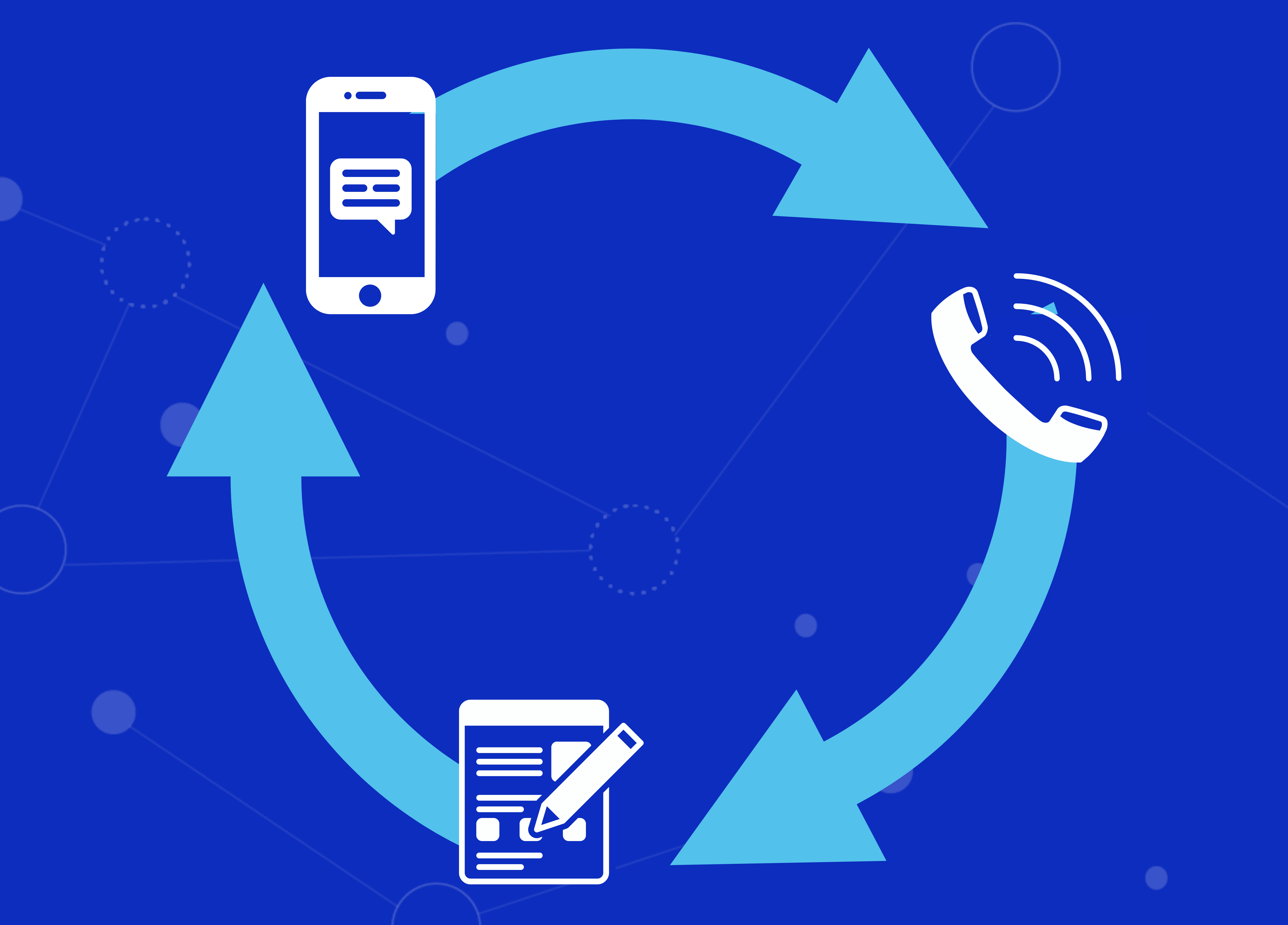
With demand high and inventory scarce, prioritizing leads has become more important than ever. It sounds easy–call the ones who are serious, skip the ones who aren’t–but it’s difficult for even the best salespeople to know who’s ready to pull the trigger.
Coming from a sales background myself, I get the struggle. You want to spend your time wisely, but don’t get a lot of information to help you do that. I’ve spent years both making the calls and helping my teams improve their own prioritization. Here’s what I’ve seen.
Problem 1: There’s no strategy at all.
Or worse, your team lives by the Post-It method. Sadly sticky notes do not make a strategy.
Without any agreed-upon method and consistent CRM usage, you leave prioritization up to fate. That means that you’re letting good leads slip by you while you waste time on ones that aren’t ready to commit. Considering that only 15.5% of qualified leads get follow-up within two days of a return website visit, quickly finding the best opportunities can make a considerable difference.
The Fix: Build a consistent system.
To make this work, you’ll need your CRM to be a source of truth for everyone. From there you can create lists based on when leads were added or what product they’re interested in. You can then build your own rules based on what you know from your customers. Maybe every phone lead gets a call back within 24 hours and also gets a call a week after if they haven’t been sold.
Sure, you may still start with the newest leads, but you also have ongoing touches baked into your plan.
Problem 2: You only focus on the most recent leads.
In sales, we’re “now” people. We know we have to move quickly on the latest prospect and are always ready for the next new thing. And that’s a great thing, as more than 58.1% of sold leads are closed within three days.
But what about the rest of those leads? That leaves plenty of opportunities that need ongoing follow-up and communication.
The Fix: Don’t fight the “now” nature, just cover your bases with additional follow-up.
This could mean building in a rule in your CRM to nudge a salesperson after a number of days, or finding a tool that surfaces leads to prioritize for you. For example, our Foureyes Sales Enablement tool creates Hot Lists based on user-level website data. This means that when Jim, the hot lead that went cold a month ago, comes back to your site and views a vehicle six times over the course of a day, he’ll go to the top of the list–even if he hasn’t said a peep to you in a month.
Problem 3: You don’t have the full picture of who is hot.
So we agree that prioritizing hot leads is important–but what if you don’t have all the information on who really is “hot?” Many ignore, or don’t know how to access, the intent data they have that can solve this.
Why do some ignore it? One reason is that we as salespeople know who we need to call. We’re in the trenches, having the conversations–who knows better than us?
The answer is no one does, except the data. The data knows so much more than any person can. How else would you know that Jim was interested again? These are the bits of information that you can’t guess but can use to your advantage.
The other piece is accessing this information. While you may technically already have the ability to find your intent data, when it comes from several different sources, it can be difficult to see it all clearly. How many dashboards can we really use?
The end result is having a limited view of your prospects, which limits your ability to prioritize your call list.
The Fix: Combine gut and data.
Yes, common sense still says to follow up with the person who told you yesterday that they knew what they wanted but needed to sleep on it. There’s no argument there.
But you can expand your strategy to include rules around contacting visitors to your website, people have filled out high-interest forms, and more.
You’ll need to get as much of your key information together as possible. When you’re able to see all of your important data points together, it’s easier to follow a dedicated strategy for creating your call list. No one wants to waste time on leads that aren’t ready–especially now.
Creating Better Call Lists for the Future
With a full picture of leads and a dedicated plan, you can drive incremental efficiency with your call lists. Harnessing the intent data you already have is an especially powerful way to improve your call lists, and tools like Foureyes can even do the sorting and filtering for you.
